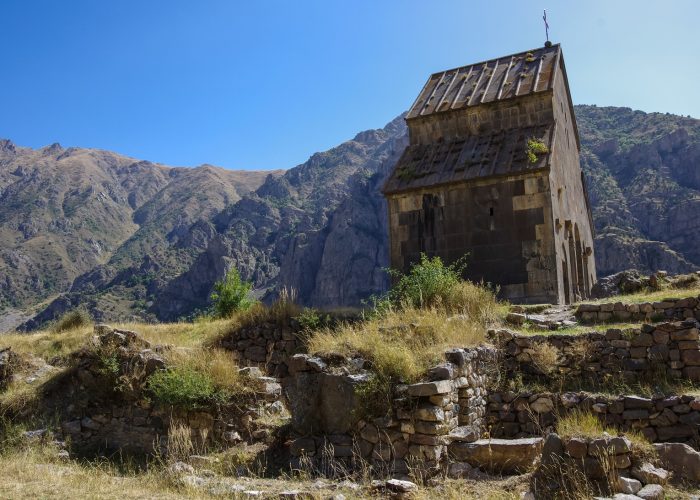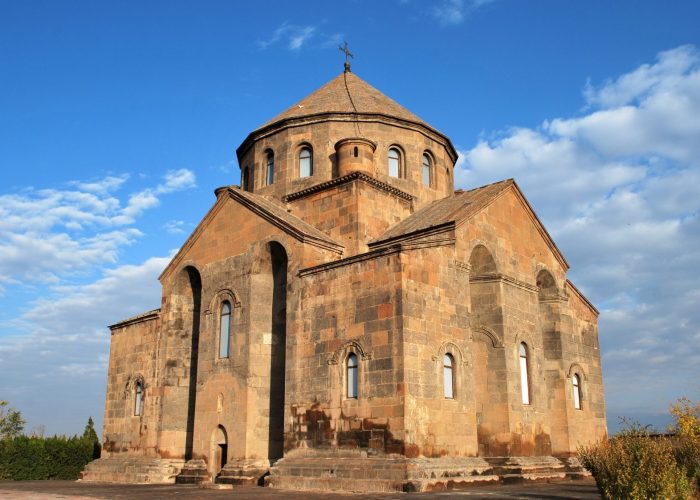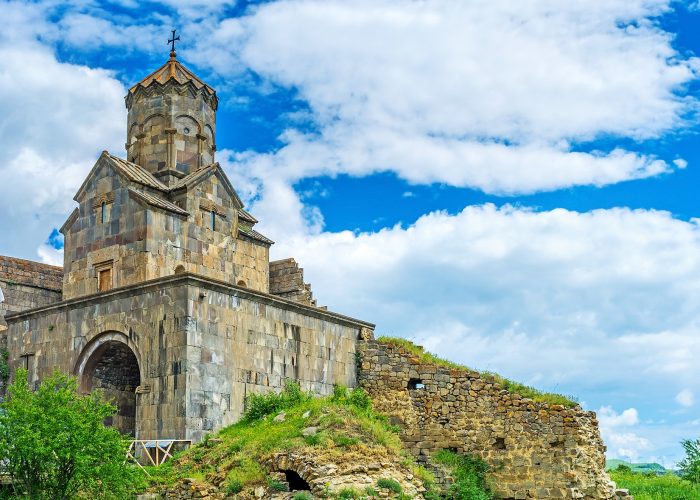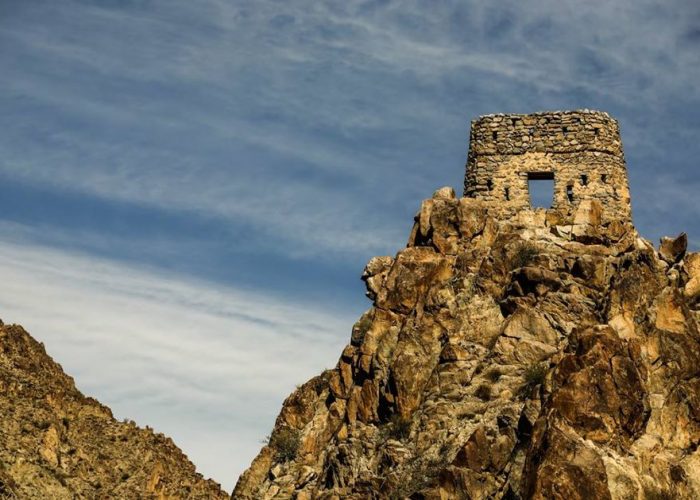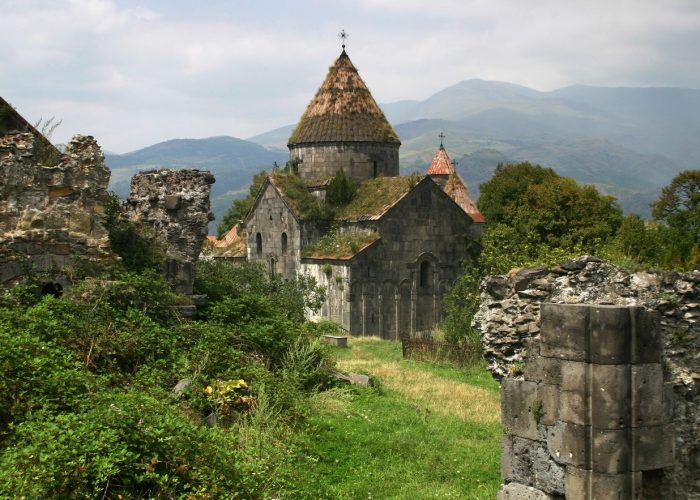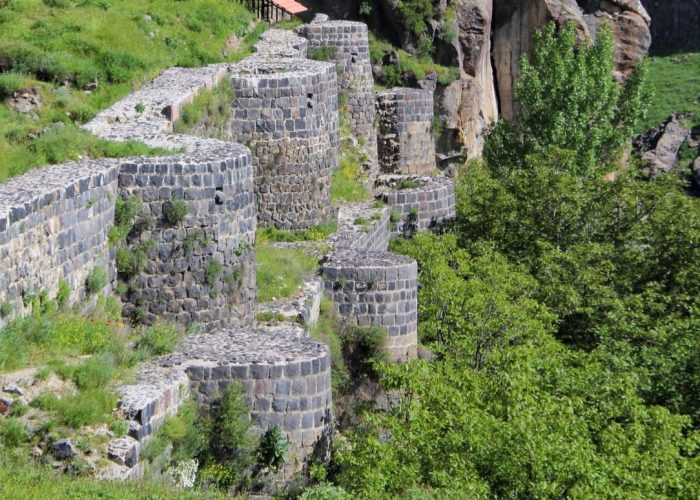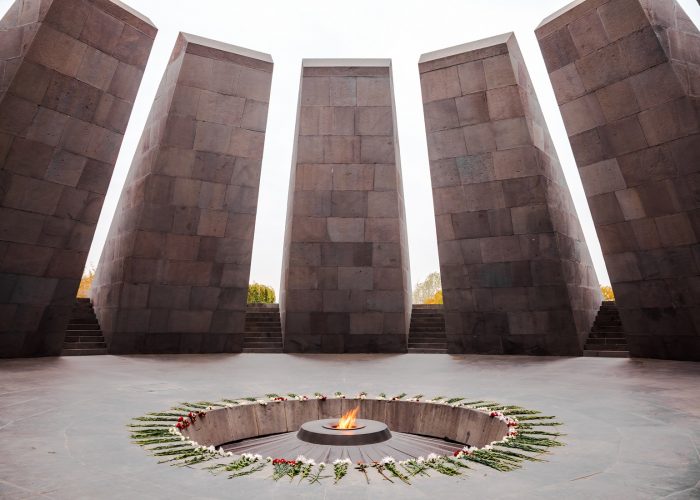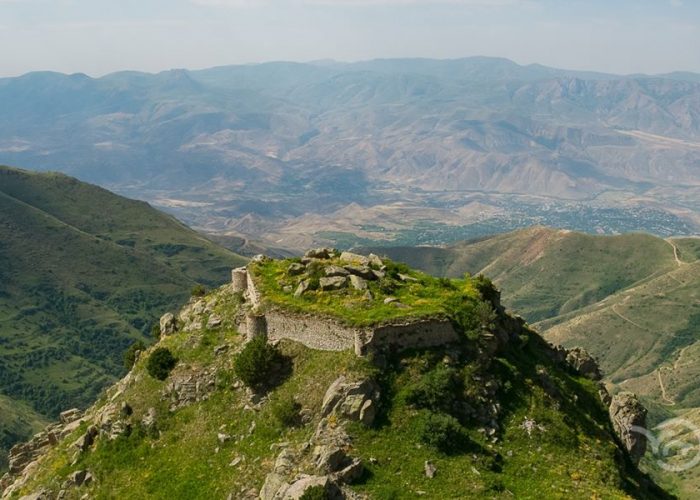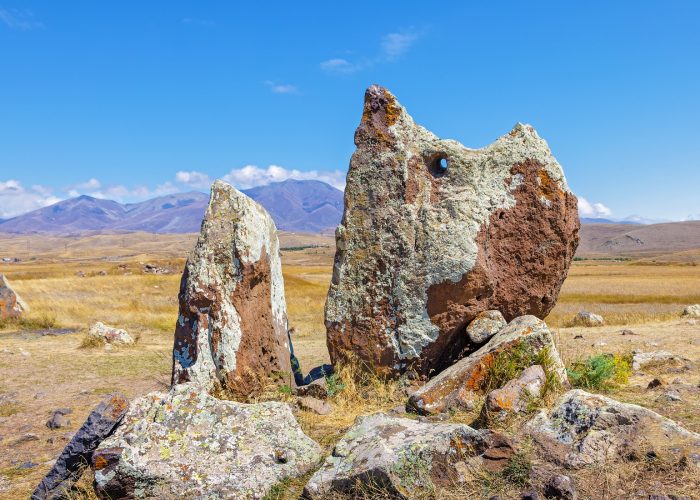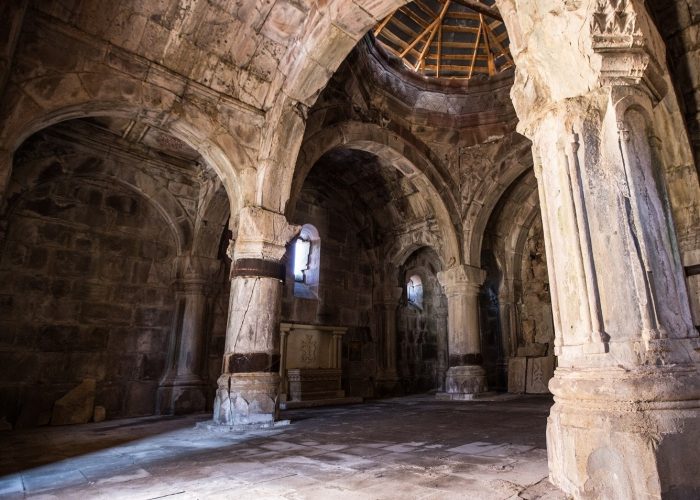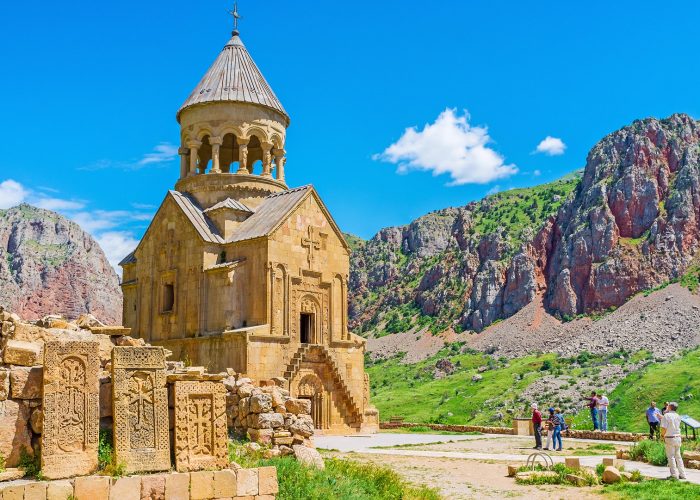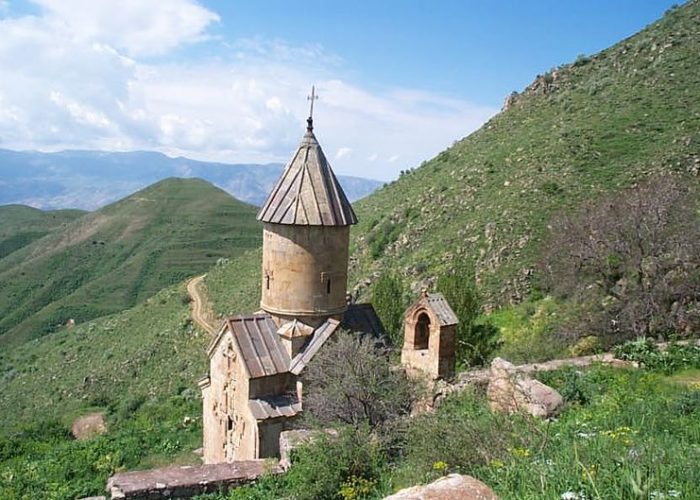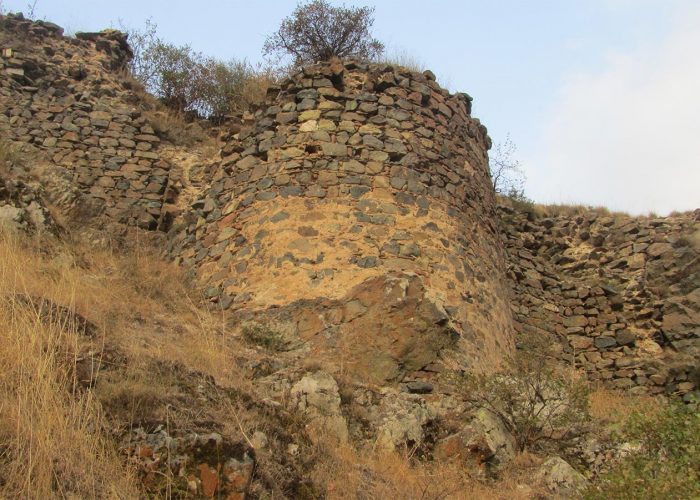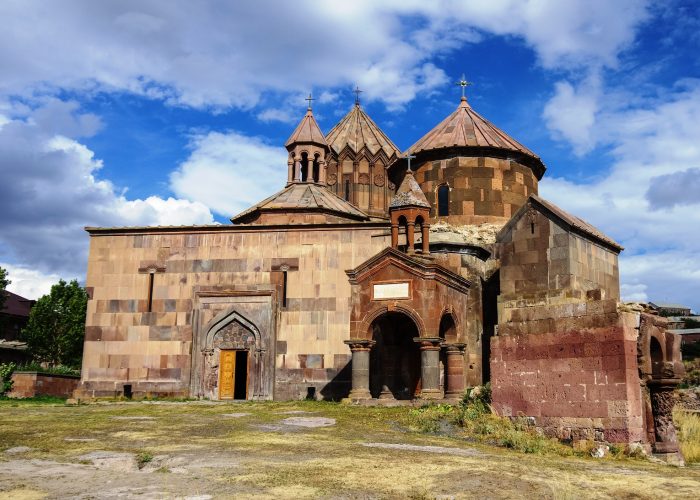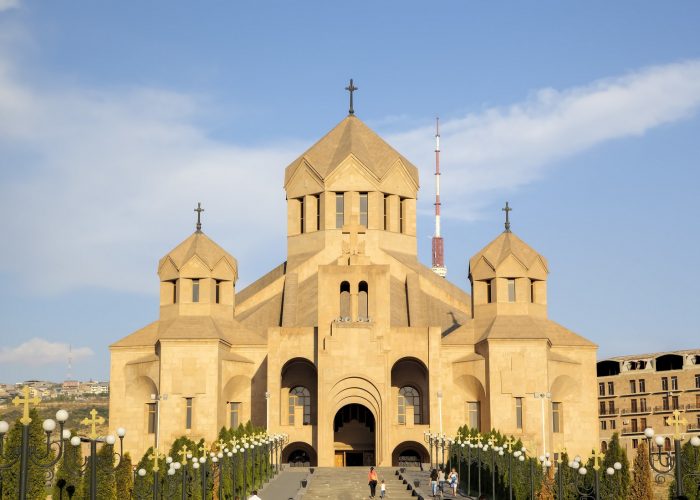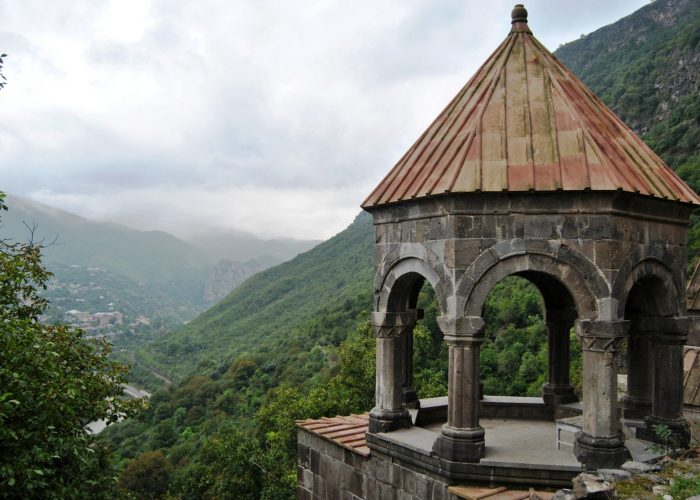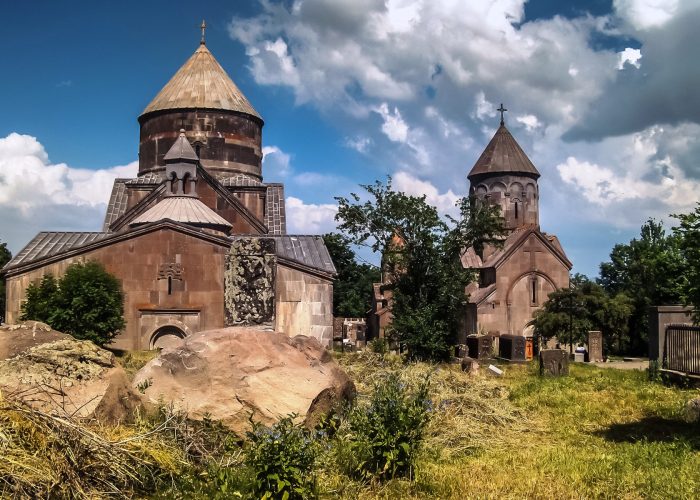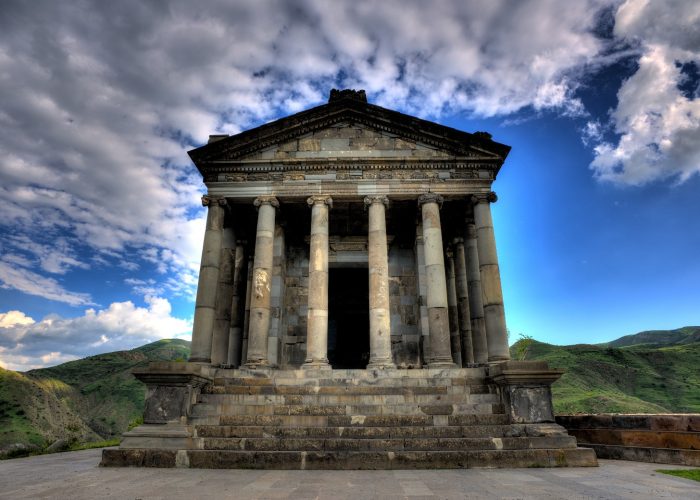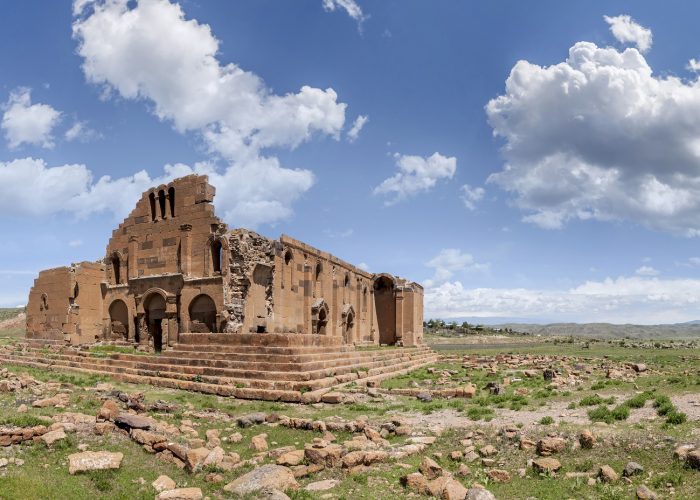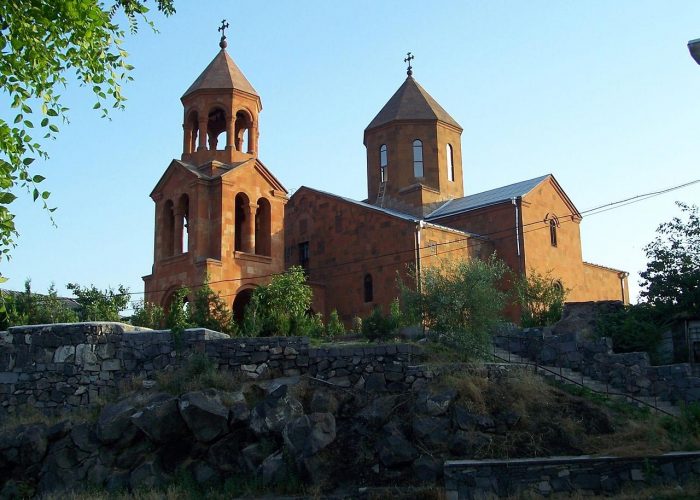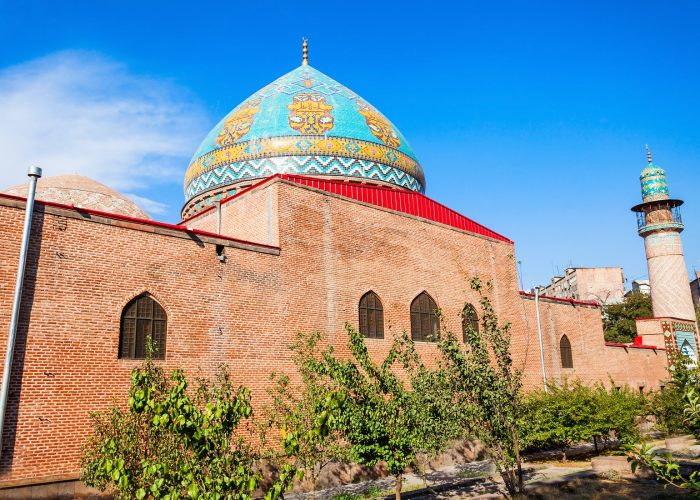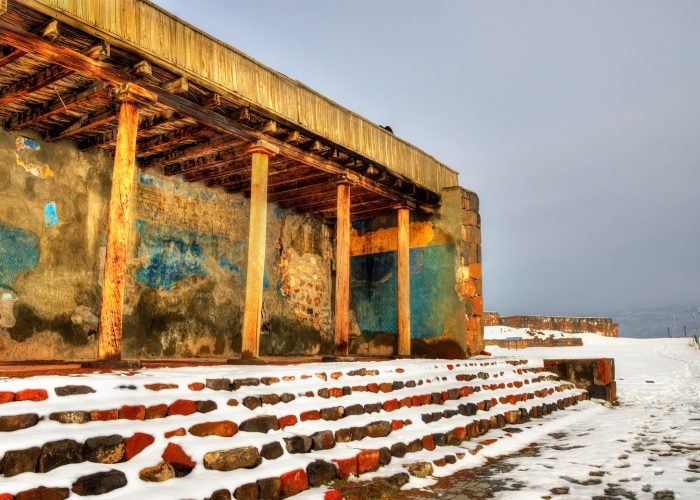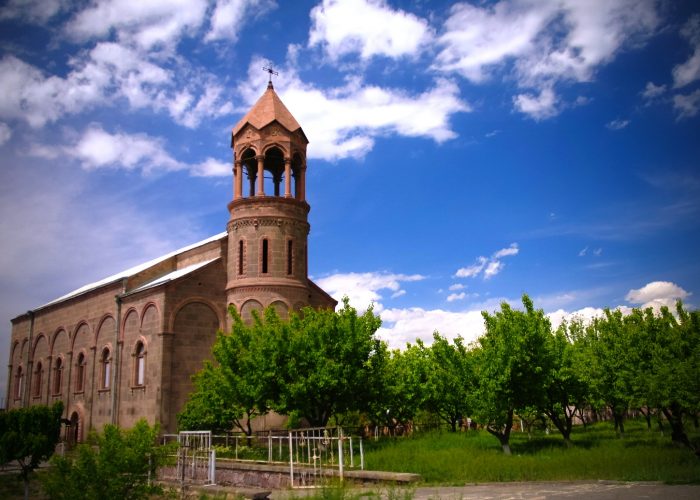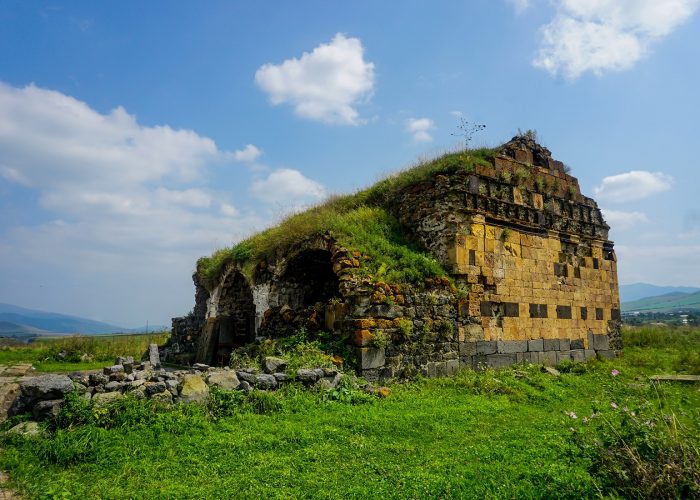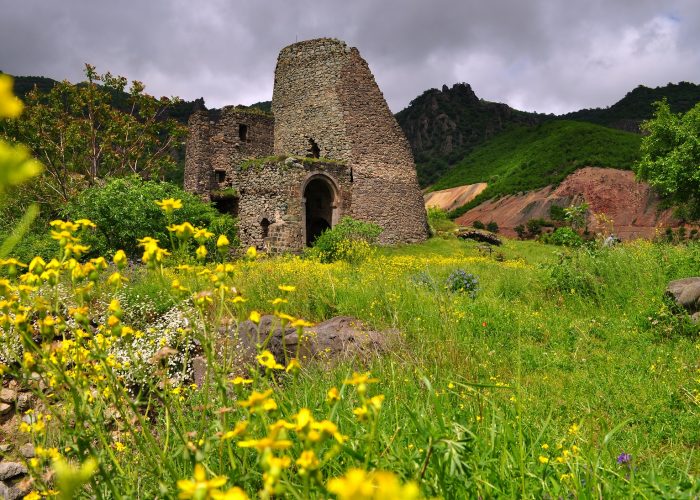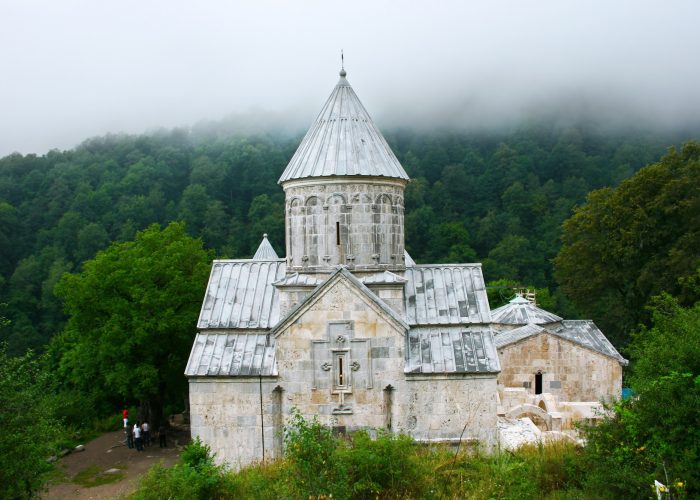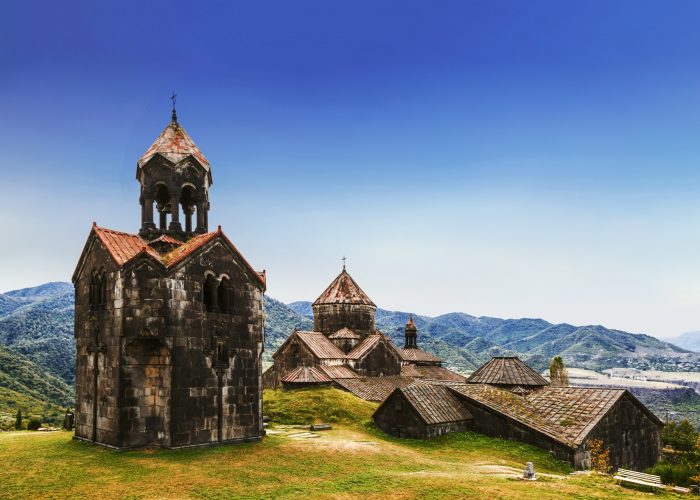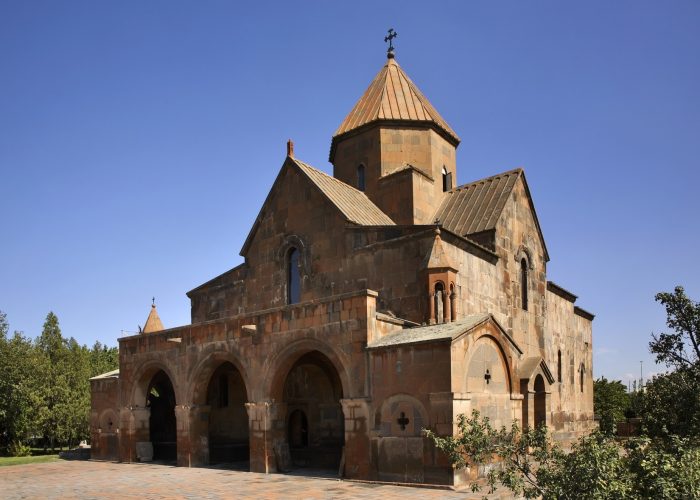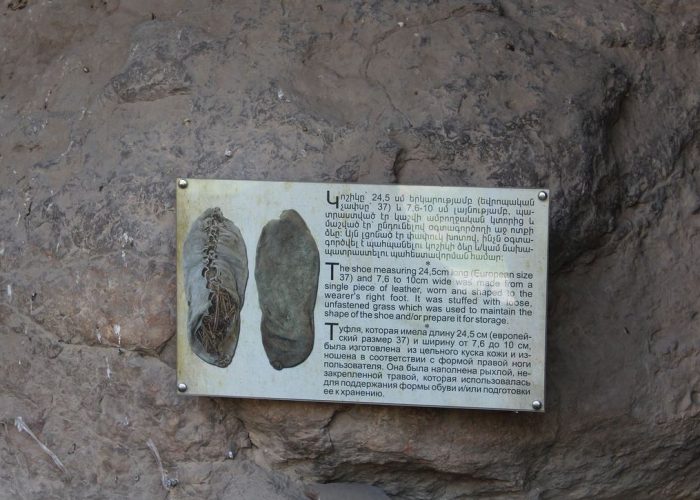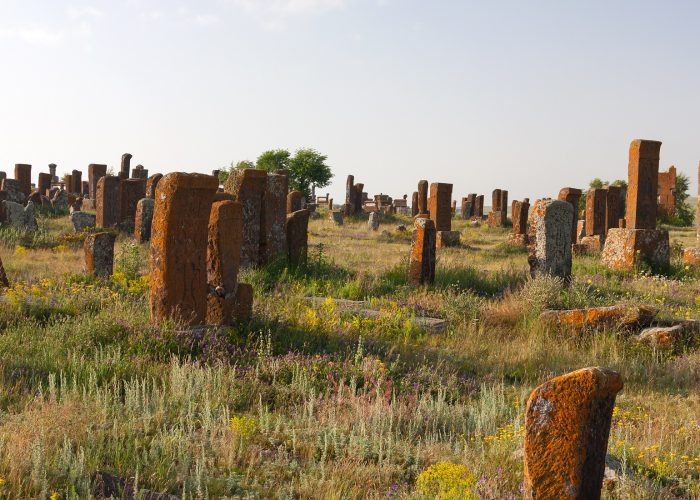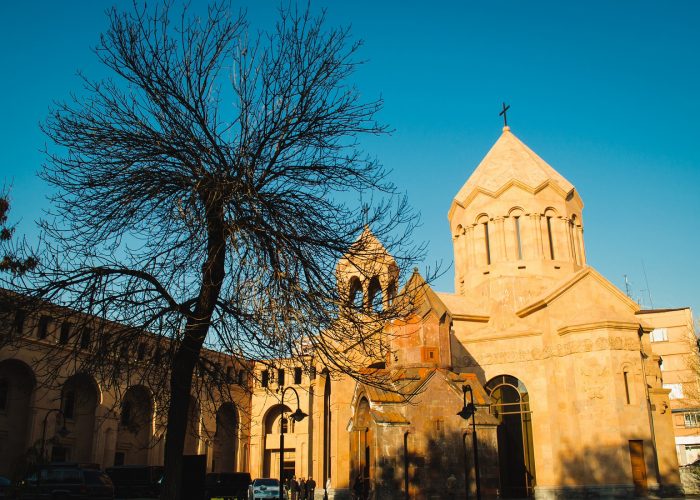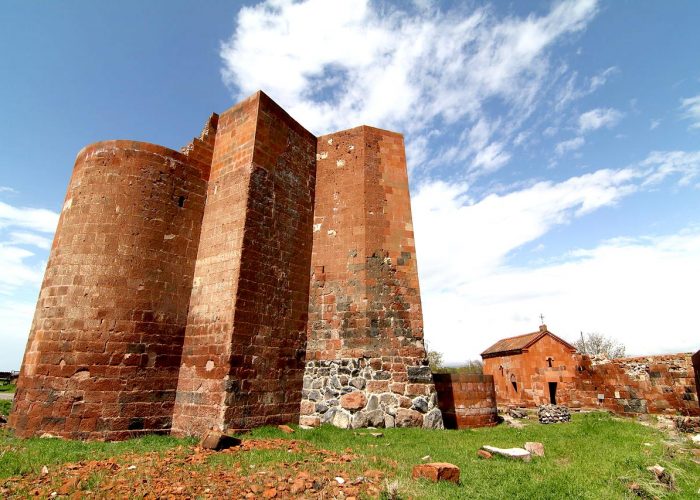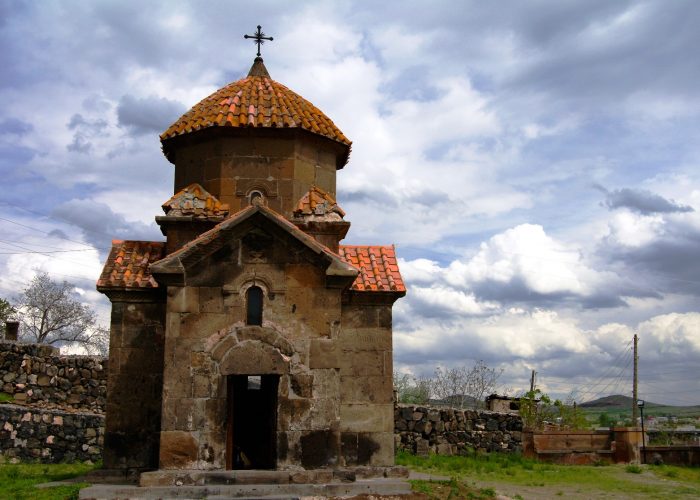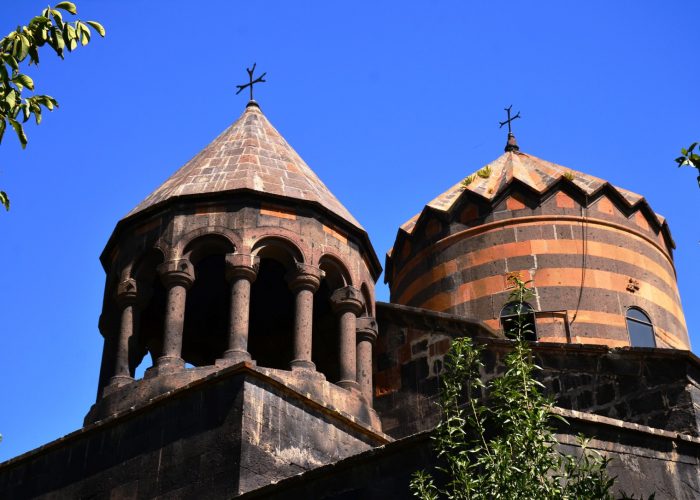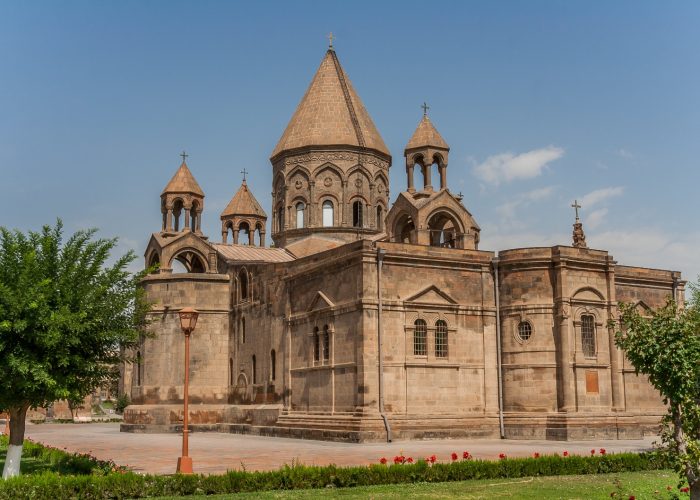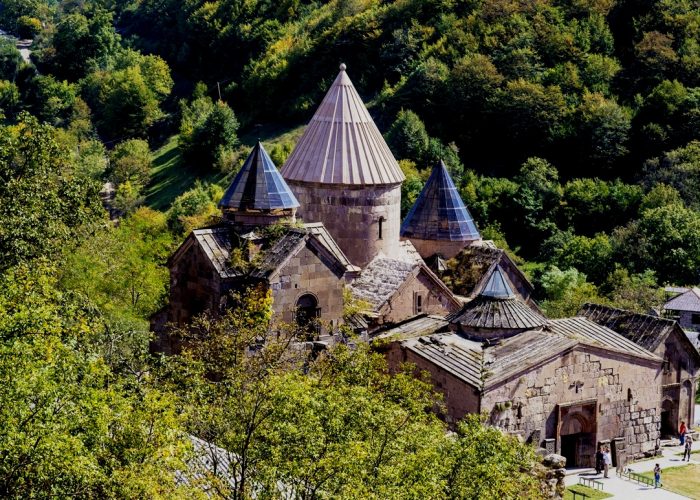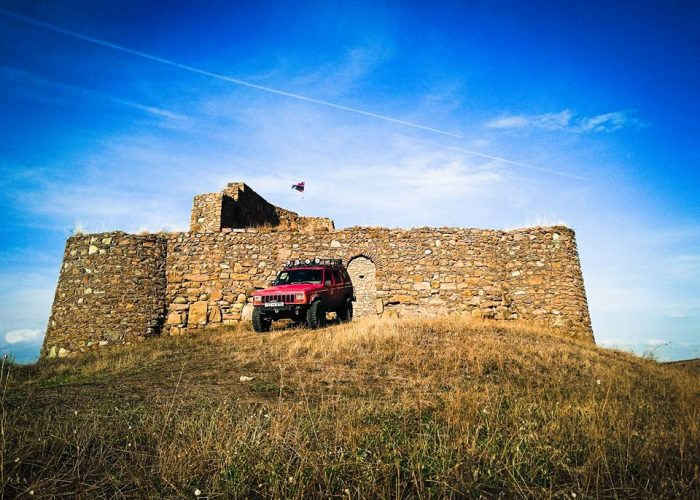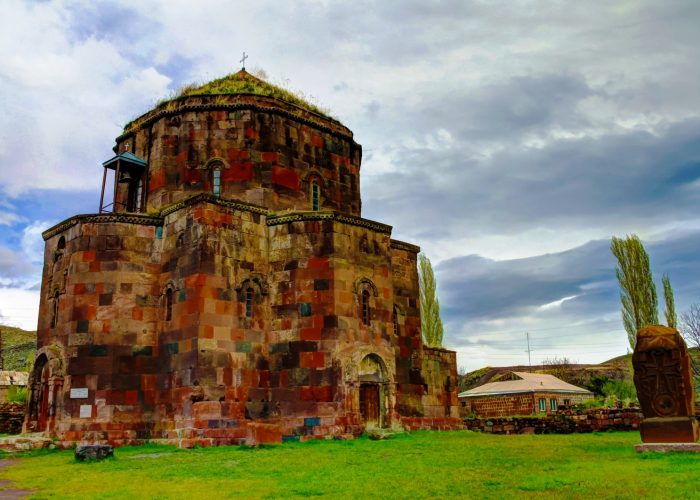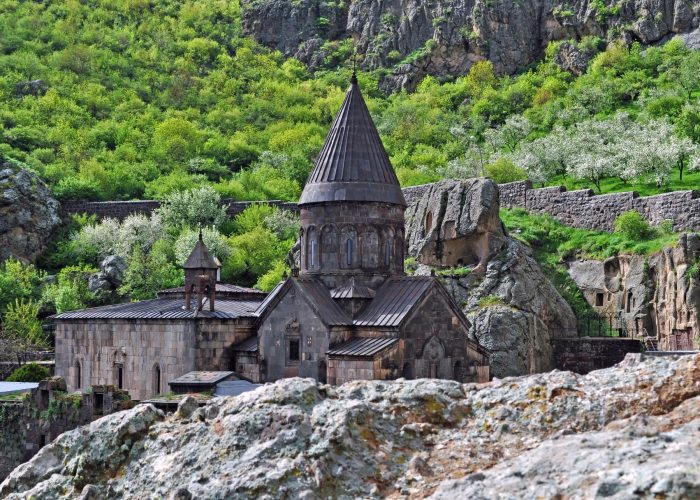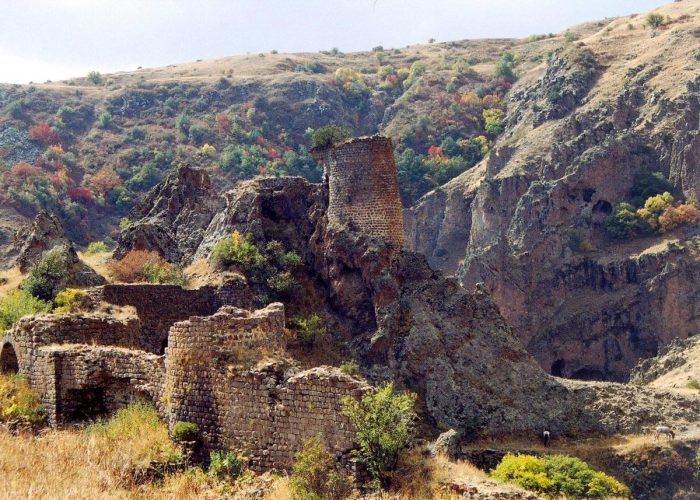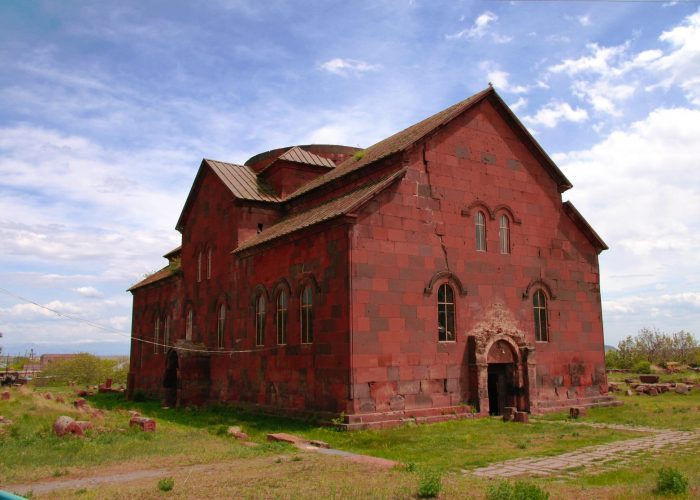Past, present, future… All people have their past, present and future and no matter how attractive or
disgusting these realities seem to them, they exist and it’s regardless of their efforts to deny or accept
them. So is with every single thing, no matter it’s breathing or not. And so is with countries and states.
They have their past, present and future. And if the present is somehow clear to us and the future is
vague, then the past is where people can delve into and uncover things of which they might not have
least notion. That’s where historical sources stretch out a helping hand. The other way to explore the
past is archaeology.
In a broader sense, archaeology is a science that studies the human activity in the past, and it’s perhaps
one of the primary sciences that help understand the development of human activity throughout the
years and centuries, their relations and creations. Especially those territories and areas are in the
limelight of archaeology, which were inhabited in the ancient times. In this regard, Armenia, the history
of which dates to thousands of years ago, is of utmost interest to archaeologists, and it could be even
said, that is a real treasure for them because it has lots of things to recount to not only archaeologists
but also the entire humanity.
Proper and on-site excavations have been held in Armenia since the 20th century and much more
detailed excavations were conducted after Armenia became an independent republic (1991; before that
Armenia was under foreign rule and since 1920 was a Soviet Union state). Excavations have revealed
various medieval ruins, chapels, bridges, churches, fortresses and so on. Probably one of the most
striking findings was the 5500-year old shoe found in Areni village, which proved to be older than the
leather shoe found on Otzi the Iceman (the natural mummy of a man who lived in 3300 BC; it was found
on the border between Austria and Italy), for four hundred years older than the one found at
Stonehenge, and for thousand years older than the ones found at Great Pyramid of Giza. The same
village has other surprises as well. It’s where a winery was found. It was concluded that this winery is for
thousand years older than the one discovered in the West Bank.
Have you heard about the British Stonehenge? What if there is an even older Stonehenge in Armenia,
which is believed to be the prototype of the British one and also to have a tight connection with it? No
matter how unrealistic this sounds, it exists and it’s called Karahunj. Until today there is no any agreed
upon assumption as to how it was built, how those huge stones were erected or what purpose they
were used for. But with all this vagueness it is suggested that the Armenian Karahunj was built around
7,500 years ago. It means that it’s 3,500 years older than the British Stonehenge, which has a history of
4000 years only.
While these discoveries might seem surprising to many people who are not aware of the Armenian
heritage, Armenian people and Armenian country, those who are aware will simply smile and even make
expressions like, “Ah, Armenians, it’s again them” and suchlike. This is what makes every Armenian
make a proud face and perhaps that is the reason why most of them walk their noses high in the air.
Note that the manner Armenians walk has nothing to do with their friendly attitude and hospitality,
those are two different sides of the coin.
More Detailed look to the Sacred Sights of Armenia
If you simply pass by a shell and ignore it, you will never know what it contained. What if there resides the most precious pearl? So no matter how exhausted, dirty or unattractive it appears to you, you should open it up. This is a rule of life; never ignore things that come on your way. Everything in this life bears some meaning, and each of those things appear in our life to teach us, to educate us, to help us, to make us smarter since only that way we can get mature and wiser, and finally, find the ultimate meaning behind the life of every human being. In this respect, a visit to the sacred sites of Armenia might be one of the main places to pay a visit to, because other than representing great historical and architectural value they were all built with a certain goal during various periods, and each is sure to have some positive impact on your life.
The first thing to start with is that Armenians were once a pagan nation. Currently there are very few things representing Armenian paganism but one site, which is presently one of the main tourist destinations, is the Temple of Garni, which is the only wholly preserved Hellenistic architecture in Armenia. The temple was dedicated to Mithra, the God of Sun. It should be said that many of the pagan holidays have also been forgotten during the time but there is one, which was preserved until our days and despite its pagan origins has now been converted into a Christian holiday. It’s Vardavar, a water festival, which is much loved among Armenians and which every year is being rather impressively celebrated and played around the temple. Note that the festival is movable, but it’s always celebrated in July.
Going further, Armenia adopted Christianity as state religion in 301 and since then numerous Christian churches and monasteries have been built most of which stand out with unique architectural solutions. Many of them have been included in UNESCO World Heritage List as well.
It is believed that Christianity was brought and spread in Armenia by Saint Grigor Lusavorich (Gregory the Illuminator). There are various legends and stories regarding the Armenian Saint. These legends are worth being known not only just to broaden your knowledge about the saint but also to learn about the development of Christianity in Armenia. In this sense, the monastery of Khor Virap should come on top of your places-to-visit list. Khor Vipar means “deep well” in English, and it’s where the saint was imprisoned and left without food and drink for as long as 13 years by Armenian pagan King Tiridates. The well was full of snakes and poisonous insects. But Gregory remained alive. Furthermore, he cured King Tiridates who had gone out of his mind after having ordered to kill the Christian virgins who had escaped to Armenia to avoid Roman Emperor Diocletian’s persecutions. The king was then converted to Christianity. Notably, in the place where the King and the Saint met a church was built in the seventh century, which was named Saint Grigor (Saint Gregory) and which is also known as Zvartnots.
Back to those virgins, it should be said that the persecutions against them had started in Rome not only because they were Christians, but also because the Roman Emperor was in love with the beautiful virgin Hripsime and wanted to marry her. Hripsime refused and together with other virgins escaped to Armenia, where Armenian King Tiridates as well was captivated by her and wanted to make his wife. Being refused, the king ordered to murder the virgins. They were headed by Virgin Gayane. It is said that Gayane was also very beautiful. The virgins were severely tortured and martyred. Later on in the places where Gayane and Hripsime were martyred the churches of Saint Gayane and Saint Hripsime were erected to commemorate the two saints.
The center of the Armenian Church, the Cathedral of Ejmiatsin is another sacred site worth a visit. Ejmiatsin means “the descent of the Only Begotten Son.” The cathedral was built after Gregory the Illuminator had a vision in which Jesus Christ descended and pointed where the church should be built.
There are monasteries and churches, which were built upon the relics belonging to Jesus Christ or Saint John the Baptist. In this respect, of interest is Mastara Church, which was built upon the relics of Saint John the Baptist; the relics were brought by Gregory the Illuminator. Another church worth a visit is Odzun Church, which is believed to be built upon the swaddling clothes of Jesus Christ. The swaddling clothes were brought to Armenia by Thomas, one of the twelve apostles of Jesus Christ. The Holy Lance – this should already tell you something. The Holy Lance, which the Roman soldier pierced into the body of Jesus Christ, was once preserved in the Monastery of Geghard (note that geghard means “lance”). The Holy Lance is no longer in the monastery. It is now kept in the Treasury of the Mother Cathedral of Ejmiatsin.
Some of the Armenian churches come with such remarkable frescoes and interior and exterior designs as well as architecture that you are being taken aback as soon as you see them. One such monastery is Akhtala, which was erected during the period of the Armenian Renaissance. Among other outstanding monasteries and churches are Goshavank Monastery with its impressive interior design, Haghartsin Monastery with its unique interior, architecture and surrounding view and Noravank Monastery with its very narrow stairs, which make the ascent and the descent a real challenge.
In the limelight of the lovers the churches of Karmravor and Mughni might appear. The first is dedicated to a girl who was in love with a boy whom her two other sisters also loved and who chose to jump off a cliff. She was dressed in red, and therefore the church was called Karmravor meaning “reddish.” The other one is where most lovers go to receive the blessing of Saint Gevorg, who is one of the Saints of the Armenian Church.
The list of sacred sites is rather long, and in some sense it’s not possible to visit them all during one visit. So you should make up your mind on what exactly you want to see and what is more important to you; the architecture, the history, the legends, the interior, the exterior, the surrounding, the location, and only then start your spiritual travel.

